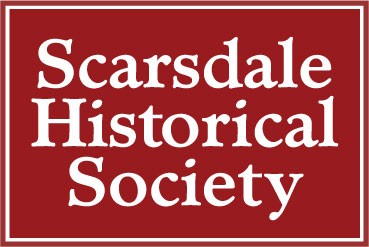Scarsdale Treasures Underground
/As we noted in our previous post you can find digital copies of historical treasures relating to Scarsdale at the Digital Public Library of America.
You can also find the real thing—163 year-old hand-drawn maps, Scarsdale's original 1845 New York State census records, and much more—stored away in the basement of the Scarsdale Public Library.
Yesterday we were treated to a tour of the local history room—appropriately named in honor of long-time Scarsdale historian Richard M. Lederer, Jr. We met with library director Elizabeth Bermel, reference librarian Daniel Glauber, and department manager Jennifer Friedman, to explore ways the Scarsdale Historical Society can work with the library to make their treasure-trove available to online.
Detail of an 1851 map showing the mill dam, saw mill and bridge on the Bronx River.
The 1851 map includes a numbered index listing the property owners, acreage and how the land was being used.
Appointment Letter from Daniel D. Tompkins, April 30, 1814
The library has a set of of the four volume 1930 atlas of Westchester County published by G.M. Hopkins Co. The office of the Westchester County Clerk has already scanned their set and you can see it online here.
The 1845 census book contains a wealth of information, listing the names of all property owners and their answers to 48 questions—including where they came from, how much land they owned and even the specific crops they were growing.








